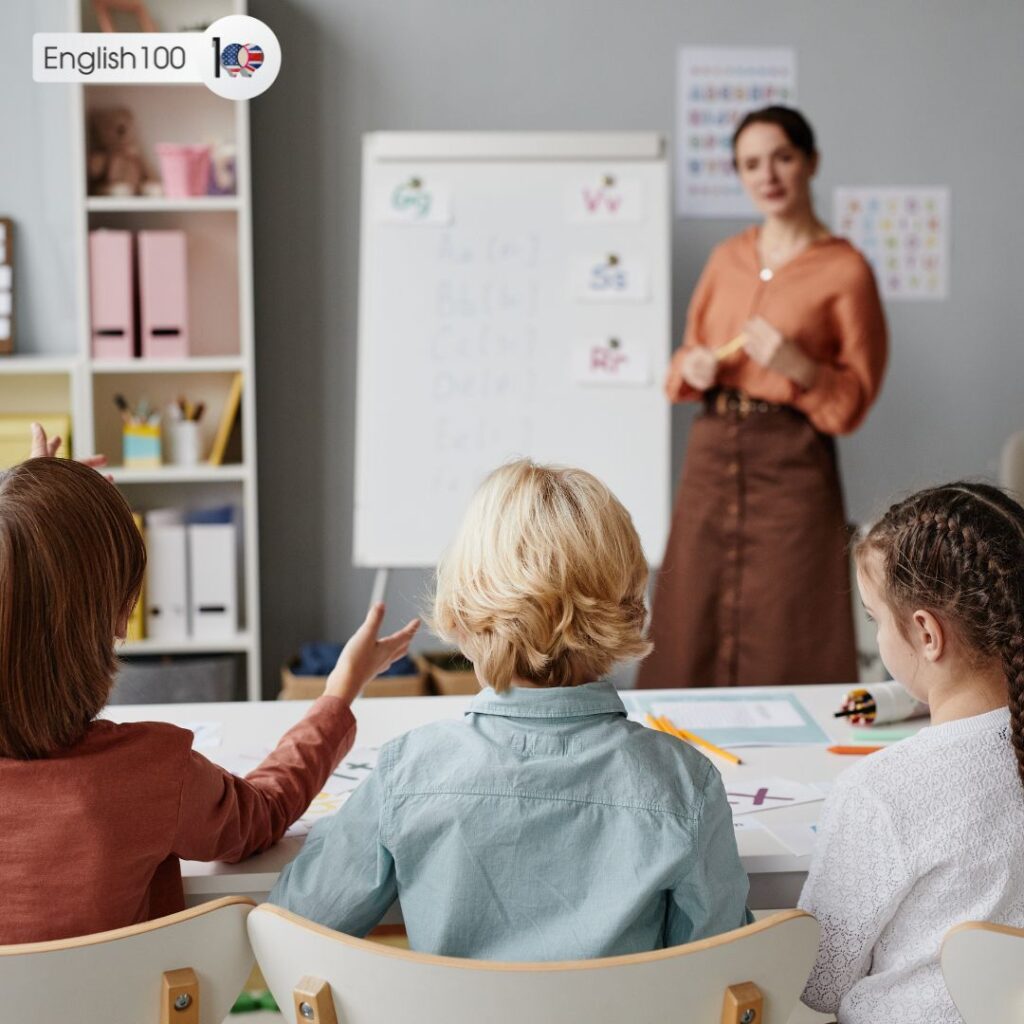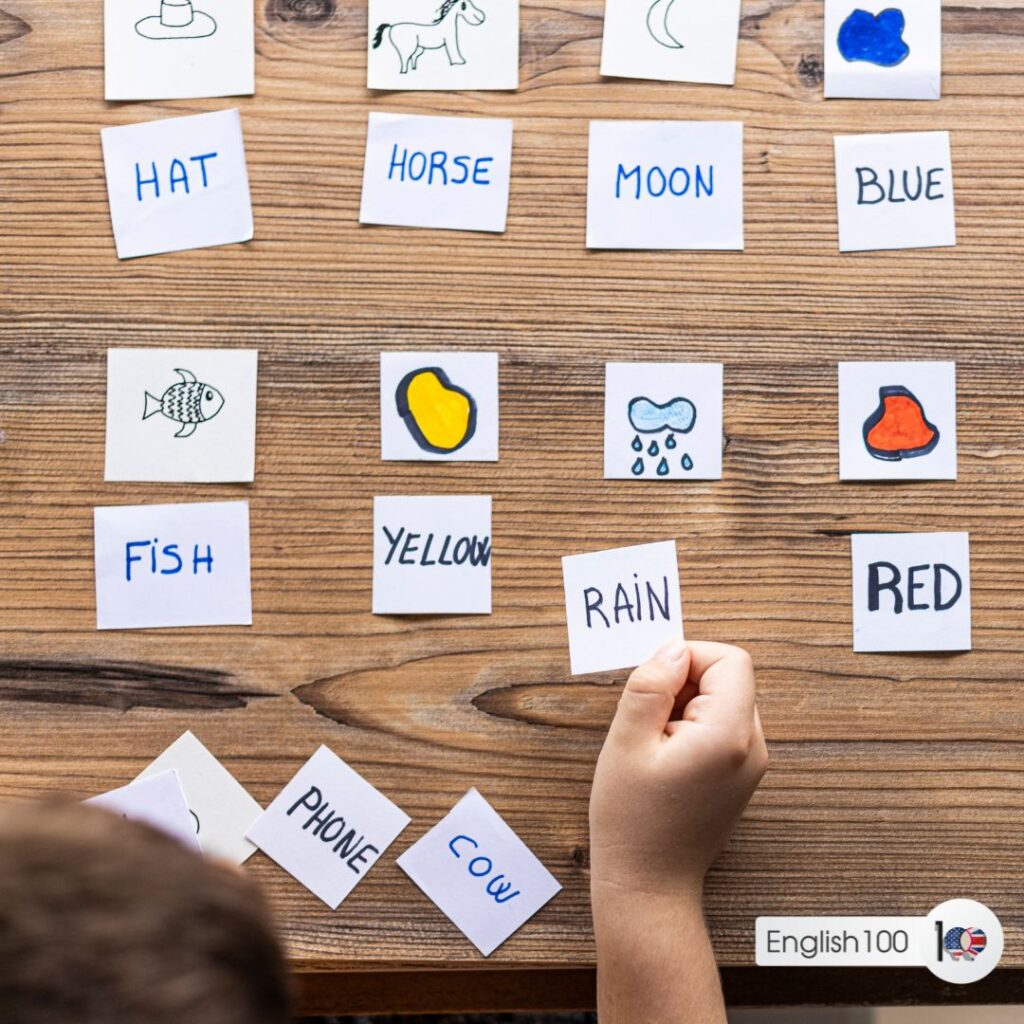How can teachers effectively support the unique needs of these students while still meeting academic standards? To effectively teach ELLs, educators need to understand their students’ backgrounds and experiences while also providing engaging and challenging instruction.
In this article, we’ll explore 6 essential ELL teaching strategies that can help you support your students’ language development and academic success.
In addition to achieving better learning outcomes for students, embracing best practices and strategies for working with English language learners offers some fundamental, organizational benefits for educators as well.
Here are 6 powerful English Language Learners (ELL) teaching strategies:

1. Create a Safe and Supportive Classroom Environment
Creating a safe and supportive classroom environment is essential for ELLs to feel comfortable and confident in expressing themselves in English. As a teacher, you can establish a positive classroom culture by showing respect for the diversity of your students, encouraging collaboration and participation, and providing opportunities for students to share their cultures and experiences.
2. Use Visual Aids and Graphic Organizers

This is one of the best ELL teaching strategies. Using visual aids and graphic organizers can help ELLs understand and remember English vocabulary and grammar concepts. Visual aids can include pictures, diagrams, and videos, while graphic organizers can include charts, tables, and mind maps. These tools can help ELLs make connections between English words and concepts and their own native language.
3. Provide Language Support
Providing language support is essential for ELLs to understand and participate in classroom activities. Language support can include providing translations of key vocabulary and phrases, using simplified language, and providing opportunities for ELLs to practice their English skills in a low-stress environment.
4. Scaffold Learning
It is one of the very good ELL teaching strategies. Scaffolding learning means breaking down complex tasks into smaller, more manageable steps. This strategy is especially important for ELLs who may struggle to understand complex English language concepts. As a teacher, you can scaffold learning by providing step-by-step instructions, modelling tasks, and providing feedback and support throughout the learning process.
5. Differentiate Instruction
Differentiating instruction means tailoring your ELL teaching strategies to meet the individual needs of your students. This strategy is especially important for ELLs who may have different levels of English proficiency and different learning styles. As a teacher, you can differentiate instruction by providing multiple ways for students to learn, such as using visual aids, hands-on activities, and group work.
6. Incorporate Culture into Instruction
Incorporating culture into instruction means recognizing and valuing the diversity of your students and using their cultural backgrounds as a resource for learning. This strategy is especially important for ELLs who may feel isolated or disconnected from the classroom culture.
As a teacher, you can incorporate culture into instruction by using culturally relevant materials and activities, and by creating opportunities for students to share their cultures and experiences with the class.
There are a number of ways to support, or scaffold, instruction for ELLs, even if they are at beginning levels of English proficiency. These ideas from veteran educators can help make content more accessible and provide students with an opportunity to participate in all classroom activities.
Importance of strategies for teaching ELL students
- Gain a Solid Understanding of English Grammar and Language
- Pursue Relevant Education and Training
- Participate in Professional Development Workshops and Courses
- Observe Experienced ESL Teachers
- Gain Practical Experience
- Participate in a Teaching Practicum
- Stay Informed About ESL Trends and Research
- Cultivate Cultural Competence
- Practice Reflective Teaching
- Continuously Improve Your Teaching Skills
1. What is the best way to support ELL students?
As an educator or someone looking to support English Language Learners (ELL) students, there are several effective strategies you can implement to ensure their success. Here are a few ideas:
1. Create a welcoming and inclusive environment: Make sure ELL students feel safe, supported, and included in the classroom. Encourage peer interaction and promote a sense of belonging.
2. Use visuals and real-life examples: Incorporate visual aids, gestures, and real-life examples to help ELL students understand and connect with the content. This can enhance their comprehension and engagement.
3. Simplify language and provide scaffolding: Modify your language and instructions to make them more accessible. Break down complex concepts into smaller, manageable parts and provide step-by-step guidance to help ELL students grasp the material.
4. Encourage reading and writing practice: Provide ample opportunities for ELL students to practice reading and writing skills. Offer leveled reading materials, encourage journaling, and provide constructive feedback to help them improve.
5. Utilize technology and online resources: Take advantage of technology tools and online resources specifically designed for ELL students. There are various websites, apps, and language learning platforms that can supplement classroom instruction and provide additional support.
6. Collaborate with ELL specialists and support staff: Work closely with ELL specialists, language support staff, and other educators to develop effective strategies and interventions. Regular collaboration and communication can ensure that ELL students receive the necessary support and accommodations.
7. Foster cultural understanding and appreciation: Promote cultural understanding and appreciation among all students. Encourage discussions about different cultures, traditions, and perspectives to create an inclusive and respectful learning environment.
Remember, every ELL student is unique, and it’s important to tailor your approach to their individual needs and abilities. By implementing these strategies and being sensitive to their language and cultural background, you can provide the best support possible for ELL students.
2. What are the most important strategies for teaching EFAL?
Teaching English as a Foreign or Additional Language (EFAL) can be a rewarding but challenging task. Here are some important strategies to consider when teaching EFAL:
1. Communicative Approach: Emphasize the importance of communication in the classroom. Encourage students to actively use the language in real-life situations, such as role-plays or group discussions. This approach helps students develop their speaking and listening skills.
2. Scaffolded Learning: Provide support and gradually remove it as students become more proficient. Start with simple tasks and gradually increase the complexity. This helps students build confidence and ensures they are challenged at an appropriate level.
3. Authentic Materials: Use authentic materials, such as news articles, videos, or podcasts, to expose students to real-life language use. This helps students develop their reading and listening skills, as well as their cultural understanding.
4. Differentiated Instruction: Recognize that students have different learning styles and abilities. Differentiate instruction by providing various activities and materials to accommodate different needs. This ensures that every student has the opportunity to learn and succeed.
5. Error Correction: Provide constructive feedback on students’ errors, focusing on the content rather than just correcting mistakes. Encourage students to self-correct and learn from their errors. This helps students improve their language accuracy and fluency.
6. Cultural Awareness: Promote cultural awareness and sensitivity in the classroom. Teach students about different cultures and encourage them to respect and appreciate diversity. This helps create a supportive and inclusive learning environment.
7. Use Technology: Incorporate technology in your lessons to engage and motivate students. Use interactive websites, language learning apps, or online discussion platforms to enhance their language skills and make learning more enjoyable.
8. Continuous Assessment: Regularly assess students’ progress to guide your instruction and provide targeted feedback. Use a variety of assessment methods, such as quizzes, presentations, or projects, to evaluate different language skills.
Remember, teaching EFAL requires patience, flexibility, and a positive attitude. By implementing these strategies, you can create an effective and engaging learning environment for your students.
3. What do ELL teachers do?
- ELL teachers provide instruction and support to students who are learning English as a second language.
- They create and implement lesson plans that cater to the specific language needs of ELL students.
- ELL teachers assess students’ language proficiency and track their progress to ensure they are meeting language development goals.
- They may also collaborate with other teachers and staff to develop strategies and accommodations that support ELL students in mainstream classrooms.
4. What are teaching strategies for ELL?
Some useful ELL teaching strategies:
- Utilize visual aids and graphics to reinforce concepts.
- Provide language scaffolding, such as repeating English words with their translations.
- Allow for more collaborative learning opportunities within the classroom.
- Encourage necessary modifications to ELL teaching strategies and material and create a low-risk learning environment.
5. What are three teaching strategies for teaching English for students with disabilities?
- Break down complex tasks into smaller, more manageable steps.
- Use visual aids such as pictures and videos to help students understand new vocabulary and concepts.
- Use hands-on activities and role-playing to engage students and make learning more interactive.
- Provide opportunities for students to practice and apply what they have learned in real-life situations.
6. What is good language learner strategies?
Good English language learner ELL teaching strategies involve setting achievable goals, practising consistently, immersing oneself in the language, seeking feedback and correction, and using a variety of resources and methods to learn. It also includes being open-minded, motivated, and willing to make mistakes in order to improve.
7. What visual strategies do ELL students use?
ELL students use various visual strategies such as using graphic organizers, diagrams and charts, pictures and illustrations, videos and animations, and visual aids like flashcards to help them understand and remember new concepts and vocabulary.
These strategies help them to make connections between what they already know and what they are learning, and also make the learning experience more engaging and interactive.
8. What are interventions for ELL students?
- Providing bilingual support through a language specialist or tutor.
- Offering additional resources and materials such as translated texts, audio recordings, and online resources.
- Utilizing visual aids such as pictures, diagrams, and videos to support understanding.
9. What is the best way to interact with ELL students?
The best way to interact with ELL (English Language Learners) students is to use a variety of strategies that promote communication and understanding. These may include using visual aids, simplifying language, providing opportunities for hands-on learning, and encouraging peer-to-peer interaction.
It is also important to be patient and understanding and to show a genuine interest in the student’s culture and background. Building a trusting relationship with ELL students is key to their success in the classroom and beyond.
In conclusion, ELL teaching strategies can be a challenging but rewarding experience. By using these six essential strategies for ELL teaching, you can help your ELL students feel supported, engaged, and successful in the classroom.
References:
- University of San Diego – Professional & Continuing Education. (2023b). 11 Essential Strategies for Teaching English Language Learners [For Any Teacher]. University of San Diego – Professional & Continuing Education. https://pce.sandiego.edu/11-essential-strategies-for-teaching-english-language-learners-for-any-teacher/
- Lbreiseth. (2019, December 5). ELL Strategies & Best Practices. Colorín Colorado. https://www.colorincolorado.org/ell-strategies-best-practices
